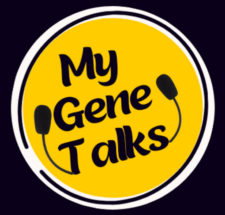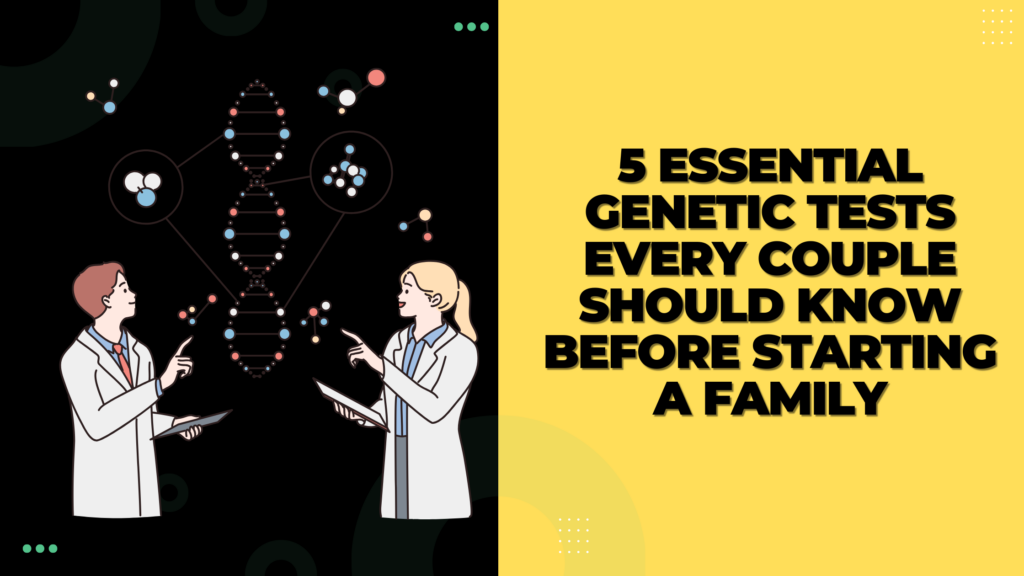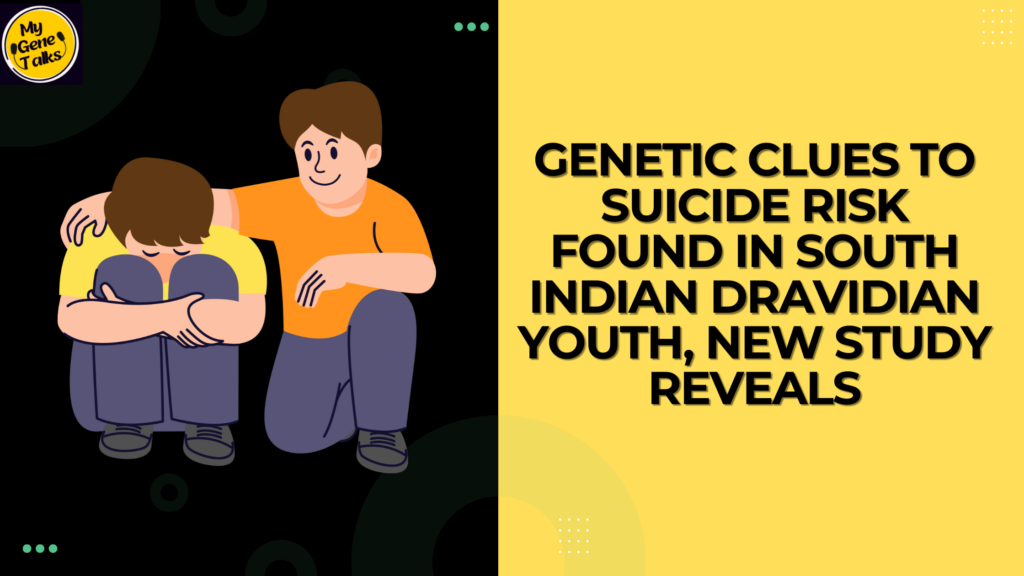Introduction
On May 15, 2025, the medical world hit on a transformative milestone with the announcement of the first successful implementation of a personalized CRISPR gene-editing therapy to treat a rare disorder. The patient was a nine month-old infant named KJ, diagnosed with carbamoyl phosphate synthetase 1 (CPS1) deficiency. It represents a paradigm shift in how we approach rare genetic diseases, unlocking the true potential of personalized medicine.
What is CPS1 Deficiency?

CPS1 deficiency is an ultra-rare metabolic disorder that affects the urea cycle, a key process in the liver that removes excess nitrogen from the body. When this cycle is interpreted, nitrogen accumulates in the form of ammonia, a toxic compound that can cause severe brain damage, coma, or even death if not treated timely.
In this scenario, children with CPS1 deficiency often showed symptoms within days of birth, including lethargy, vomiting, seizures, and difficulty in breathing. The condition is usually managed through a combination of dietary restrictions, medication, and in several cases, liver transplantation also recommended. However, these interventions are not a permanent cure for the condition,it only mitigates the symptoms and prolong life with significant limitations.
Future Promise of CRISPR and Personalized Medicine
CRISPR, a revolutionary gene-editing technology, helps scientists to make precise edits to the DNA of living organisms. It has been hailed as one of the most significant scientific advances of the 21st century, with potential applications ranging from agriculture to cancer therapy.
KJ’s case represents the first time CRISPR has been delivered as a personalized treatment to address a specific genetic mutation in a living human patient. The therapy was developed by a team from the Children’s Hospital of Philadelphia in collaboration with the Perelman School of Medicine at the University of Pennsylvania.
How the Therapy Was Developed
After confirming the CPS1 diagnosis and identifying the precise mutation in KJ’s DNA, researchers at start to work on designing a personalized CRISPR therapy. The solution involved engineering a CRISPR-Cas9 system that could target the defective gene within liver cells and correct the error without damaging the surrounding DNA.
By using adeno associated viruses (AAVs) as delivery vehicles, the team introduced the CRISPR system directly into KJ’s liver. The procedure was carried out when he was between six and seven months old, a critical time before the disease could cause irreversible damage.
The Results and KJ’s Progress
According to doctors, he is now thriving, with no signs of the dangerous ammonia buildup that previously threatened his life. Although he will continue to be monitored closely, early indications suggest the therapy has worked exactly as intended.
The Broader Implications
KJ’s case offers a hope into what the future of medicine could look like. Personalized gene therapies could revolutionize how we treat not only rare disorders but also more common diseases that involve complex genetic factors. By customizing treatments at the DNA level, doctors could offer cures where previously only symptom management was possible.
Developing a therapy like KJ’s is expensive, time-consuming, and highly specialized. Especially in the Indian scenario regulatory approval is complex, especially when treatments are designed for a single individual. Manufacturing processes must be tailored for small-scale production, and safety must be thoroughly validated in a short time frame.
Despite these hurdles, the success of KJ’s treatment is fueling new research around precision and personalized medicine. Scientists are working on creating modular CRISPR platforms that can be adapted for similar mutations across different patients, reducing the time and cost required to develop new therapies.
Ethical and Societal Considerations
Off-target edits, immune reactions, and long-term effects are still being studied. While KJ’s outcome is encouraging, the road to routine clinical use of personalized gene-editing therapies is long and fraught with complex ethical terrain.
A Turning Point in Genetic Medicine
There is no denying the magnitude of what has been achieved. For the first time, we have not only imagined but successfully implemented a fully personalized, curative gene-editing therapy. It’s a glimpse into a future where medicine is not just reactive but proactive, where treatments are crafted not for the average patient, but for the individual.
KJ’s story is deeply personal, but its implications are universally applicable. It highlights the power of science and technology to change lives and the importance of investing in medical innovation. It also reminds us that every medical breakthrough starts with a human story—one child, one diagnosis, one team willing to challenge the limits of possibility.
As we celebrate this success, we must also prepare for the work ahead: building scalable, affordable platforms for personalized gene editing, navigating the ethical complexities, and ensuring that these breakthroughs benefit everyone not just a privileged few.For now, the story of KJ is a revolutionary success and hope for future generations.



